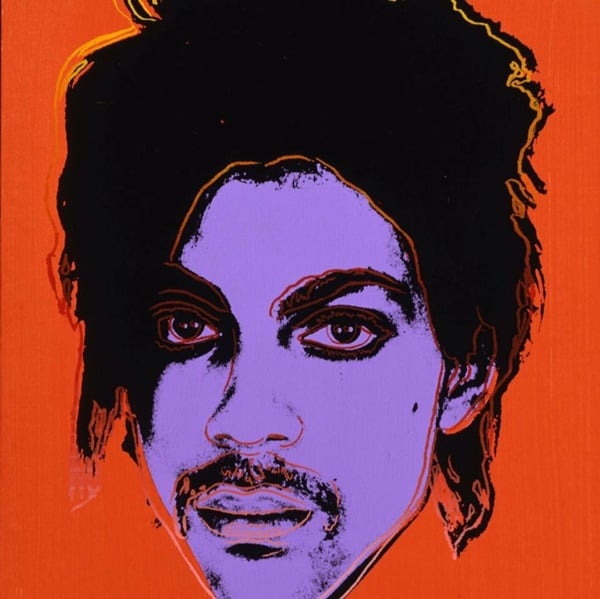
Photographer Lynn Goldsmith is contesting the Warhol Foundation’s account of events outlined in an April 7 civil court proceeding. The Foundation sued Goldsmith after she complained about a copyright infringement over an image she took of the late pop star Prince, which she alleges Warhol used to make a screenprint of the famed musician.
Goldsmith told artnet News that the lawsuit caught her off guard, believing she and the foundation were close to a settlement.
According to Goldsmith, attorneys from both sides had scheduled a conference call for Friday (April 7) “to hopefully finalize a resolution. Instead, without any notice,” says Goldsmith “they filed the lawsuit […] to determine whether Warhol infringed my copyright, which he clearly did.”
Luke Nikas, the attorney for the Warhol Foundation confirmed that there had been talks between Goldsmith and the foundation, but did not characterize the two sides as being close to settling the case.
Lynn Goldsmith’s 1981 photo of Prince was the basis for an Andy Warhol screen print. Courtesy of the court filing.
On April 10, Goldsmith said she had not yet been served with papers in the case. “The issue at stake in this matter concerns whether a copyright owner’s rights can be trampled on in the name of fine art. I believe there is a limit to this type of taking and that Warhol overstepped the boundaries in this situation,” Goldsmith wrote in an email.
Nikas told artnet News: “This lawsuit raises a simple question, ‘Did Andy Warhol’s signature style of celebrity portraiture transform the underlying reference works that inspired him?'” Nikas added, “History has definitively answered that question: Warhol is one of the most celebrated American artists of the 20th Century.”
artnet News asked Goldsmith why she waited so long to take action since the first Warhol image was in a Vanity Fair article published more than three decades ago. Goldsmith replied that it was not until Prince’s death, which occurred almost a year ago on April 21, that she saw on Instagram “an image that looked so much like mine, that I googled it and discovered the numerous additional versions of the illustration by Warhol.”
Lynn Goldsmith’s animated GIF of Andy Warhol’s screenprint superimposed over her photograph. Courtesy of Lynn Goldsmith.
In 1984, she says, Vanity Fair asked to use her black and white image of Prince “for an artist reference to create an illustration” with payment as well as the photo credit. “They never said the artist was Andy Warhol. It was common in those times for magazines… to request usage of a photograph for artist reference for a particular illustrated story.”
Goldsmith says the photograph in question “was a black and white [print] of Prince from a photo shoot that I did on assignment for Newsweek in 1981. It was never a ‘publicity photo’ which means a photo that is handed out freely to the press, as the Warhol Foundation has said.”
The 1984 Vanity Fair article as reproduced in court documents.
Goldsmith said she plans to bring counterclaims over copyright, adding: “The issue of copyright infringement will, despite [the Warhol Foundation’s] preemptive attempt to silence me, be decided by the court if the matter is not resolved.”
With respect to the Warhol Foundation’s allegation that the photographer is attempting a “shake down” of the nonprofit, Goldsmith asserts: “They are trying to make me look like I’m just a money hungry seeker trying to take advantage of Warhol, when in fact I am only trying to protect my copyright.” Goldsmith described the amount of money that was discussed in negotiations as “extremely modest.”
“The Foundation has long been an outspoken advocate for artistic freedom of expression,” said Joel Wachs, president of the Warhol foundation. “As a steward of Warhol’s legacy, the foundation has chosen not to allow itself to be extorted by Lynn Goldsmith’s frivolous claims, which would limit artists’ ability to express themselves freely.”
She described the case as: “The ‘Big Guys’ picking on the ‘Little Guys’ ” and said “I believe artists have to stand up for their rights.”